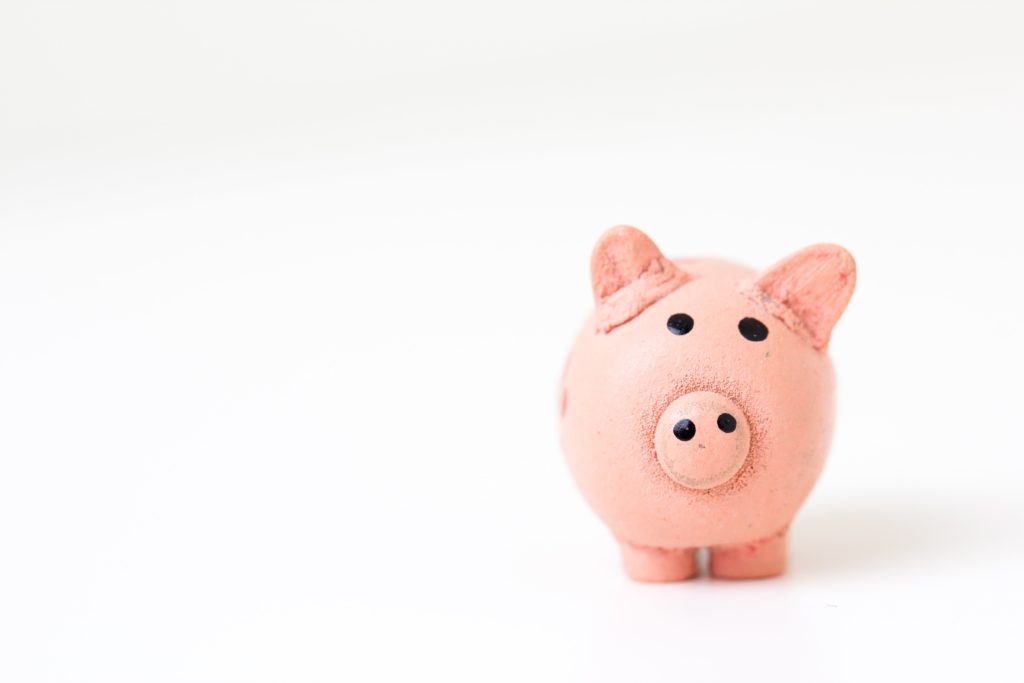When raising funds from small donors, the website, and more specifically your donation page, are key tools. Apart from the technical part, the content and form of your page are crucial to convert your visitors into donors. But where to start?

What content for your donation page?
A key message
The exercise may seem simple, but don’t be mistaken! Most visitors stay for less then 2-3 minutes on a website, which means you have to be convincing and waste no time. Forget about the long texts and paragraphs to focus on the essentials.
In addition to your mission, which must clearly appear, I recommend that you define a key message that can evolve year after year or depending on emergencies and priorities of the moment. If you have several activities, it is not always necessary to list them all. Instead, highlight a specific action, one of your programs or pillars, by asking yourself the following question: which activity creates the most interest among the general public?
A concrete impact
Once the angle of your message has been defined, complete it by talking about impact! Donors want to know what their donation will actually be used for. Be impactful! How will this specific action change the life of one or more people? It must be a human impact and, above all, a concrete impact. It is also possible to share testimonials, with the photograph and the first name of the person whenever possible (with his/her agreement of course!), or even results.
Price points
Thinking about price points is essential (with CHF 50, we could…). This allows the donor to know, at a glance, what he/she can contribute. Price points are only examples and must be formulated as such! They do not commit your organization to specifically allocate the funds to them. Depending on your activities, it is however possible to propose specific actions or geographical areas, but in that case, be careful to trace the funds and their allocation.
Price points primarily encourage donors to give more. They will indeed always be more generous if they clearly know your needs.
What form for your donation page?
Minimum clicks, maximum donations
Just as the message should be short, so should the donor experience. The fewer clicks there are, the easier the donation process will be and the more chance you have of not losing potential donors. Make sure you are using the right payment tools and platforms! The donation form must therefore be practical, so that you can collect all the necessary information for a good follow-up, but also offer a quick payment process.
It is also recommended to offer several types of payment.
The important choice of images
The image(s) you select will also convey a message. Often a good photograph says a lot more than many sentences. Put the human aspect forward, and especially the emotional side. It doesn’t mean falling into pathos, but simply arousing a reaction, an emotion in the person who sees it.
Don’t forget that your logo must also appear somewhere.
Think “user friendly”
An easy to use interface, but also a fun one, will eventually convince your visitors to make a donation. There are now many possibilities to make the action of donating enjoyable, such as a simple button to slide to determine the amount of the donation. If you have IT resources and skills, be creative!
What strategy behind a donation page?
One-time donation and monthly donation
Very often the donation pages only offer a one-time donation option. However, it will be more interesting to acquire a donor who gives CHF 10 each month, than a donor who gives CHF 50 only once. Propose the monthly donation! Your donors will have a choice and you may be surprised! In addition, this will later make it possible to start a campaign to encourage your annual donors to give on a monthly basis.
Thank your donors
Make sure your donation platform sends a thank you email as soon as the donation is received. Take time to personalize this email according to your key message defined on your donation page to stay consistent. I recommend updating this automatic thank you email every year to vary the content.
Maintain the relationship with your donors
It is essential to keep in touch with your small donors and to keep them informed of your actions. The newsletter remains your flagship tool for this. Remember to include, in your donation form, a consent to receive the newsletter. There is no need to send news every two weeks or to write long newsletters. On the other hand, be regular, even if it is every 2 or 3 months.
A tracking system or database, such as an Excel document or a CRM, will prove more than useful to effectively track all your donors. This will allow you to see, for instance, who has been giving for a long time in order to thank them appropriately for their loyalty, or to take action if a donor withdraws. Keep that in mind!
Ask your donors again!
It is easier to retain a donor than to acquire a new one! Thus the efforts you put into cultivating and soliciting your small donors will be rewarded more quickly. Once you have a pool of small donors, you must solicit them again, on a regular basis, often once or twice a year. This can be done via emailing, mailing or phone campaigns. Ask them to renew their donation and/or increase it! Many nonprofits have never asked their small donors if they wanted to give more. Are you one of them?
Do you need expertise and support for your organization? Let’s talk about it!
To keep up to date with the latest articles, follow me on LinkedIn and subscribe to the newsletter.
Copyright © 2022 E | C Consulting – All Rights Reserved – To use this content, please ask for permission in advance and cite the source if agreed.
